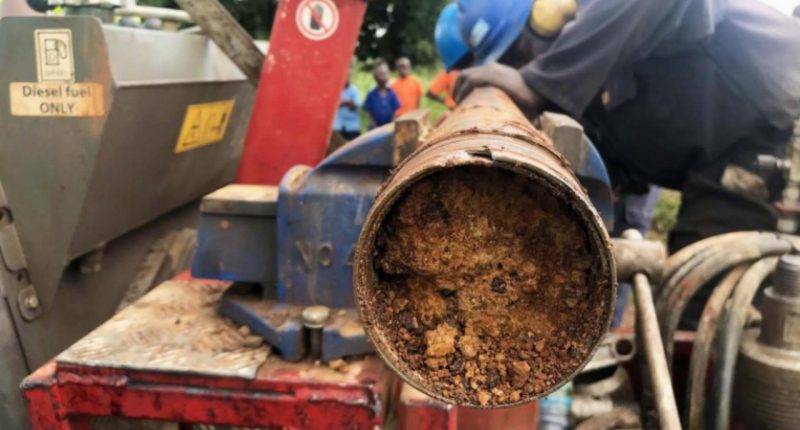- Ionic Rare Earths (IXR) receives thickest REE clay bearing intervals to date at its Makuutu Rare Earths project in Uganda
- Assays of 75 drill holes, which make up the tranche four submission of IXR’s phase four drill program returned grades above the 200 ppm TREO cut-off
- This is consistent with the initial drilling phases, however of the latest results 25 per cent present REE clay bearing thickness in excess of 20 metres
- The company said the results to date confirm Makuutu as a large scale, ionic adsorption clay hosted rare earth element project with extension potential
- Shares were trading 6.38 per cent higher at 5 cents
Ionic Rare Earths (IXR) has received the thickest REE clay-bearing intervals to date at its Makuutu Rare Earths project in Uganda.
The latest results were received from 75 drill holes which made up the tranche four submission of the company’s 8220-metre phase four drill program completed in October.
According to IXR, all 75 drill holes delivered clay and saprolite mineralisation intersections above the cut-off grade of 200 parts per million (ppm) total rare earth oxide (TREO) less Cerium (IV) oxide.
This is in line with assays from the initial drilling phases, including most recently, 71 holes received in December which also returned clay and saprolite mineralisation intersections above the MRE cut-off grade.
Ionic said some of the latest results are “outstanding” including 8.9 metres at 1476 ppm TREO from 4.3 metres and 13.5 metres at 1432 ppm TREO from 3.5 metres.
Moreover, the company highlighted that 25 per cent of the latest assay intervals present REE clay-bearing thickness in excess of 20 metres.
With all the results received to date, Ionic is confident Makuutu is a large scale, ionic adsorption clay (IAC) hosted rare earth element (REE) project, and has identified extension potential east and to the northwest.
Managing Director Tim Harrison expects extension holes to deliver new resource potential, and coupled with the results, give the company greater confidence across this area to convert the existing exploration target of 14 to 27 million tonnes to a resource in the next update.
“The 100 per cent strike rate in these results bodes well for what we think will be a very positive year ahead for Makuutu as we advance towards a considerable increase in resource confidence over the next few months and drive Makuutu towards a completion of the feasibility study and a mining licence application by October 2022.”
The objective of the phase four program is to increase the resource confidence to JORC Indicated status over most of the current resource. The company plans to complete a mineral resource update in the second quarter of this year.
In addition to the assay samples, metallurgical samples consisting of individual drill
core intervals, are also being delivered from the program to specialised testing laboratories in Australia. Testing of existing and current samples is reportedly ongoing.
Shares were trading 6.38 per cent higher at 5 cents at 1:23 pm AEDT.








